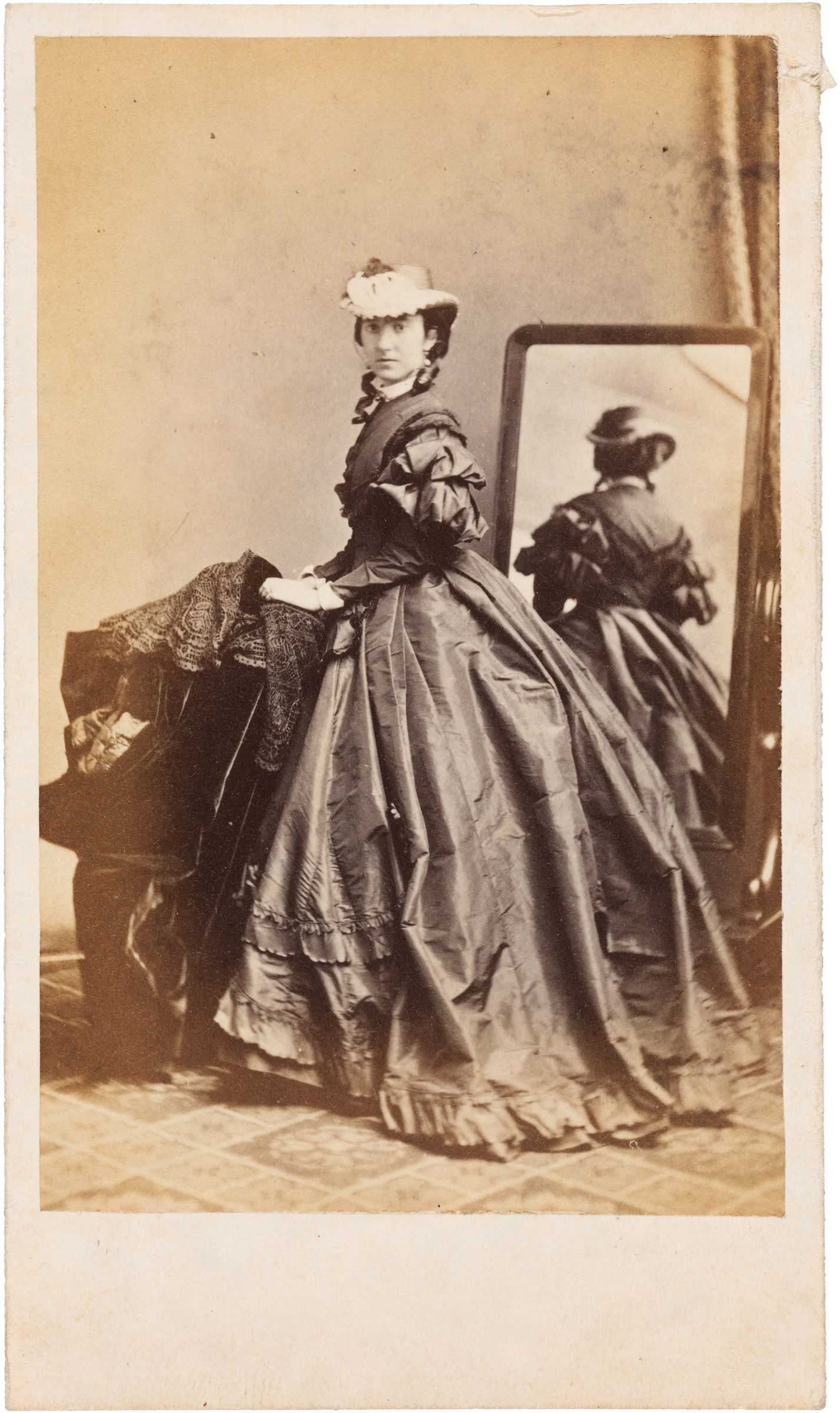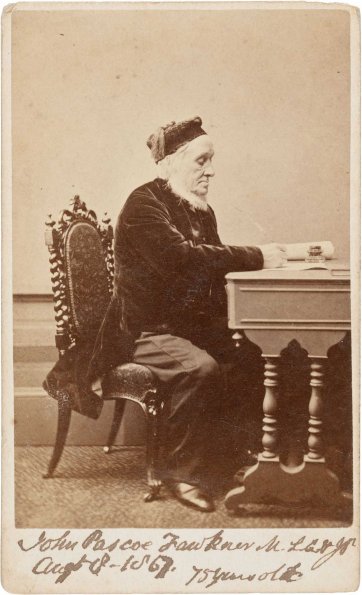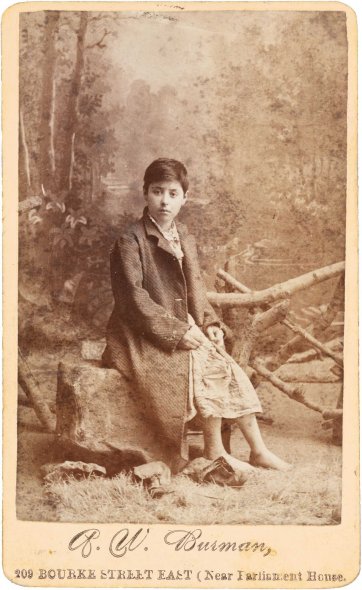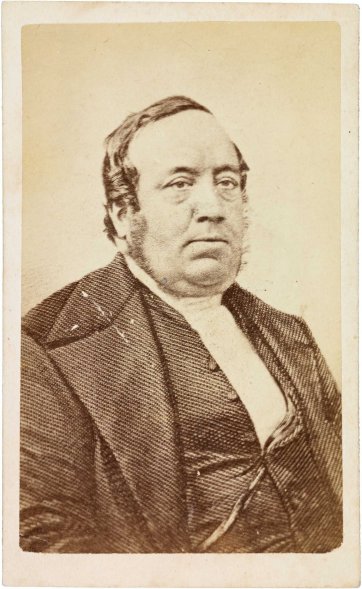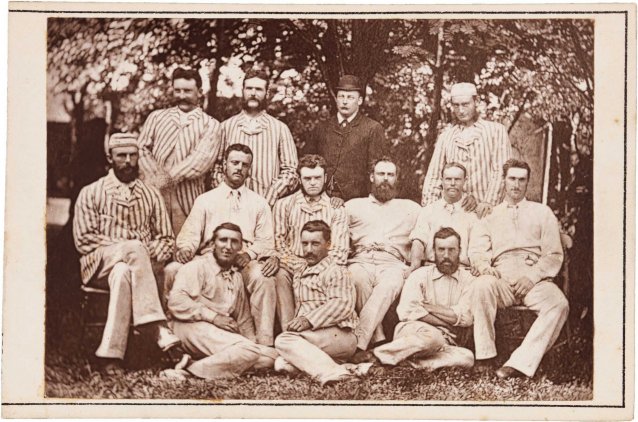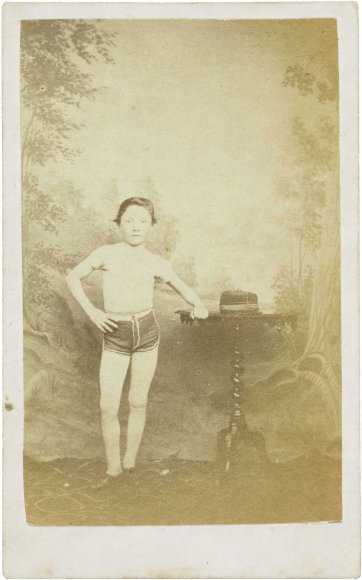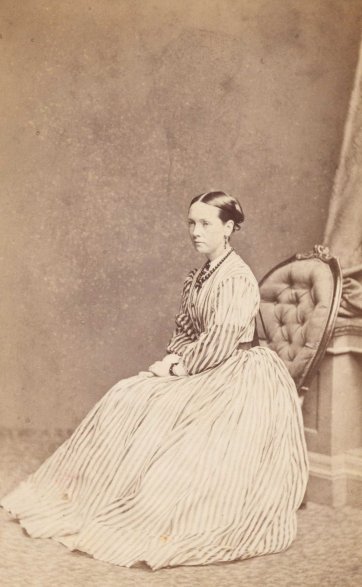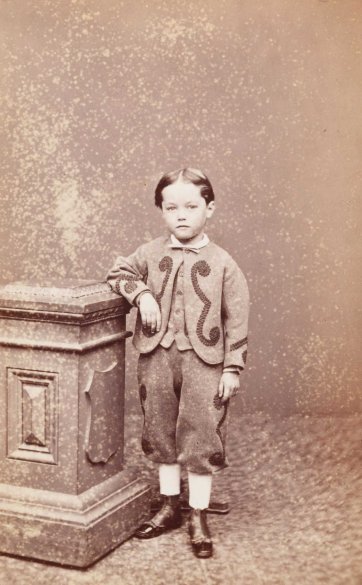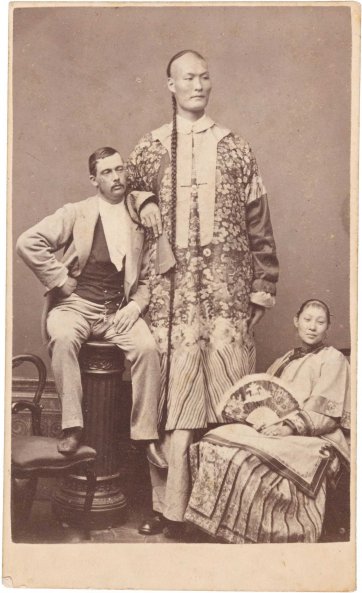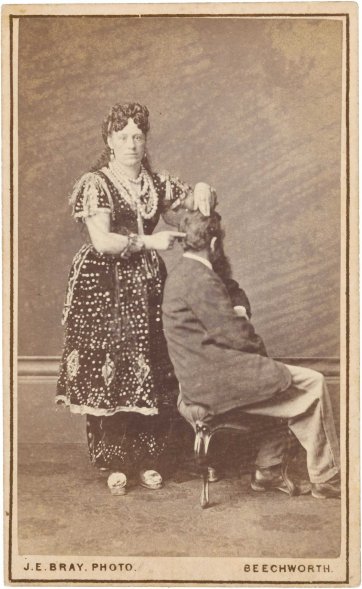Drawn from the NPG’s burgeoning collection of cartes de visite, Carte-o-mania! celebrates the wit, style and substance of the pocket-sized portraits that were taken and collected like crazy in post-goldrush Australia.
In May 1860 Queen Victoria and Prince Albert and their children sat for the London photographer John Jabez Edwin Mayall. With Her Majesty’s approval, the resultant photographs were made available to the public as a series of cartes de visite titled ‘The Royal Album’. Sales went crazy, netting Mayall £35,000 and propelling the carte de visite from relative obscurity to fervent, widespread popularity.
The diminutive-format albumen photographs, mounted on cards measuring ten by six centimetres, had been conceived of in Paris in 1854. Yet in the English-speaking world it wasn’t until the Queen saw fit to have herself documented in this way – and in relatable semblances and settings – that the populace began to embrace cartes as a novel, affordable way of collecting images, whether of royals and other luminaries or, increasingly, of themselves.
Cartes enabled people from various strata of society to acquire multiple portraits for a matter of shillings, providing ‘the opportunity of distributing yourself among your friends, and letting them see you in your favourite attitude, and with your favourite expression.’
Occupying a mid-point between the invention of the daguerreotype in 1839 and the advent of the Kodak camera in the 1880s, the carte de visite was the first truly democratic form of portraiture. Collections of cartes, and the outputs of their exponents, thus often constitute the most inclusive of portrait galleries and the most comprehensive archives of a nation’s faces.
Related people
Joanna Gilmour (curator)
Related information



Elegance in exile
Portrait drawings from colonial Australia
Previous exhibition, 2012Elegance in exile is an exhibition surveying the work of Richard Read senior, Thomas Bock, Thomas Griffiths Wainewright and Charles Rodius: four artists who, though exiled to Australia as convicts, created many of the most significant and elegant portraits of the colonial period.

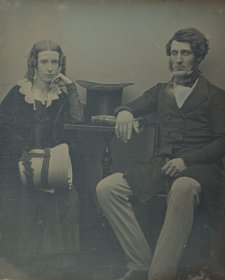
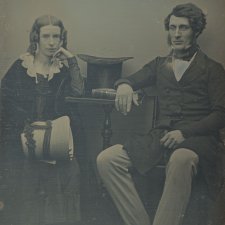
Husbands and Wives
Photographic Portraits from 19th Century Australia
Previous exhibition, 2010'I have just been to my dressing case to take a peep at you.



20/20
Celebrating twenty years with twenty new portrait commissions
Previous exhibition, 201820/20 showcases the dynamic suite of new portraits commissioned to celebrate the National Portrait Gallery’s 20th year. Leaders and individualists invited by the Gallery were matched with unique artists to create distinctive contemporary portraits.

